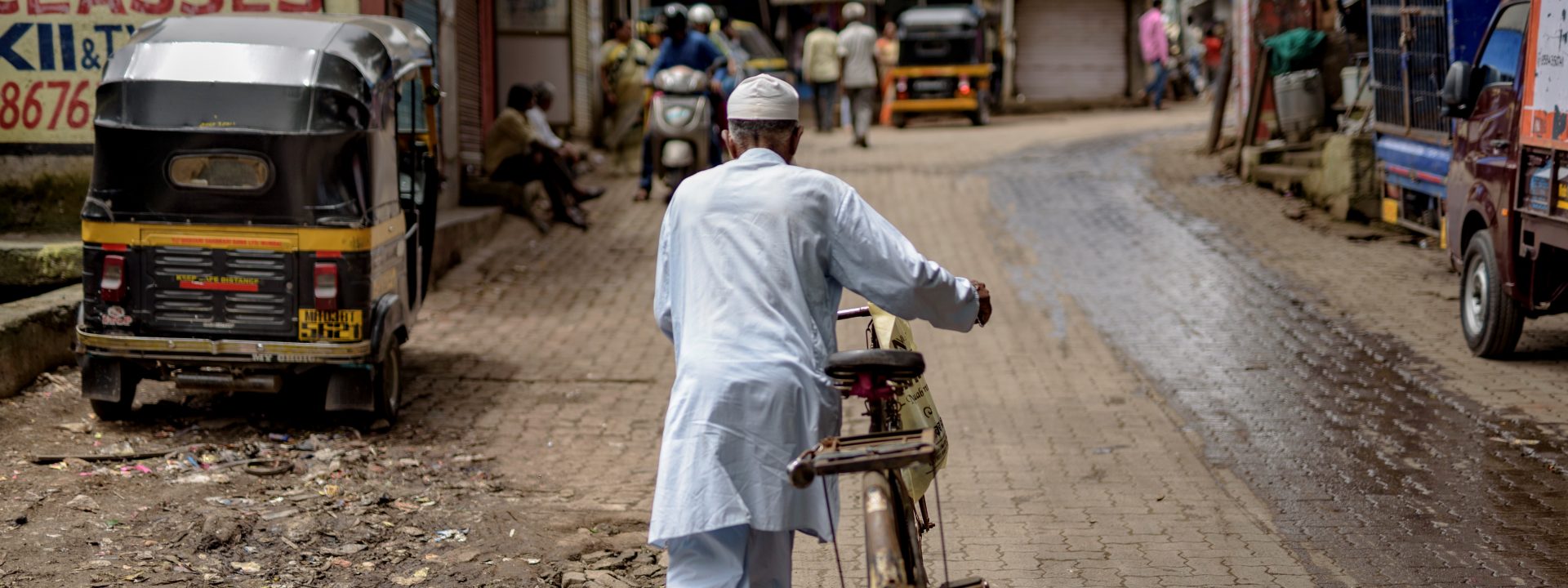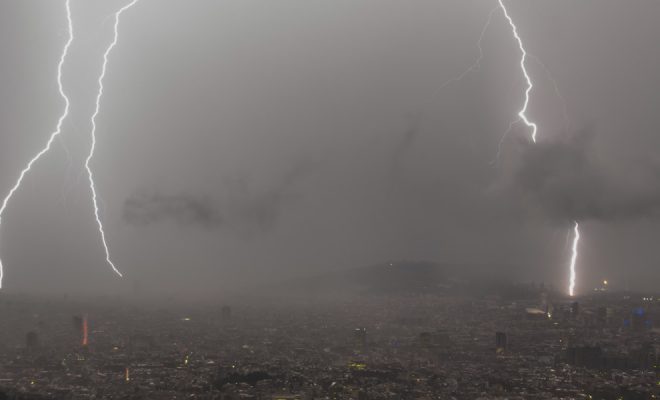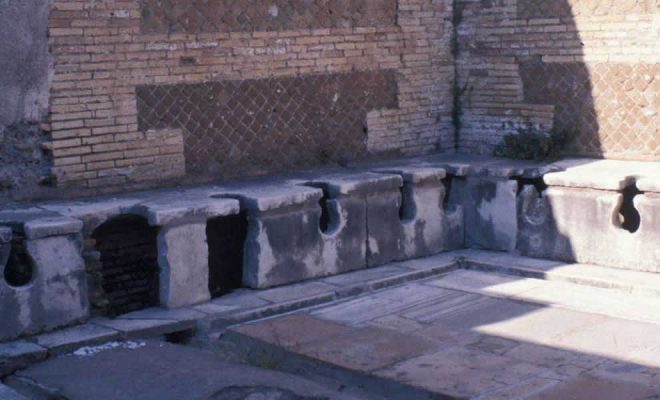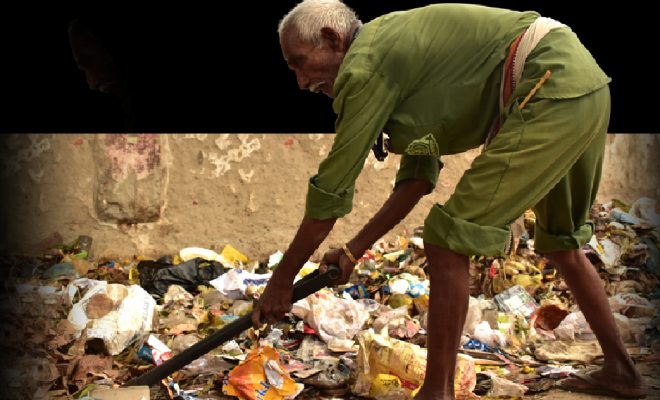
Floods caused by violent rainfall frequently exceed the capacity of the sewage system.© Colby Stopa.
Current urban sanitation systems have much room for improvement. According to UN Water and UNESCO, in the richest countries, 30% of the wastewater is not treated; and in the poorest countries this proportion exceeds 92%. On average, more than 80% of the water discharged by urban and industrial areas worldwide returns to the environment with all its pollutant load. It is a source of degradation of rivers, lakes and seas that threatens the attainment of world sustainability by 2030. With the prospect of a planet that will have 75% of its population living in immense urban masses by the middle of this century, reducing this pollution is an essential environmental challenge of major proportions. The increase in the number of storms, which is already happening in many areas around the world, adds a polluting factor due to the inability of water treatment systems to absorb large floods.
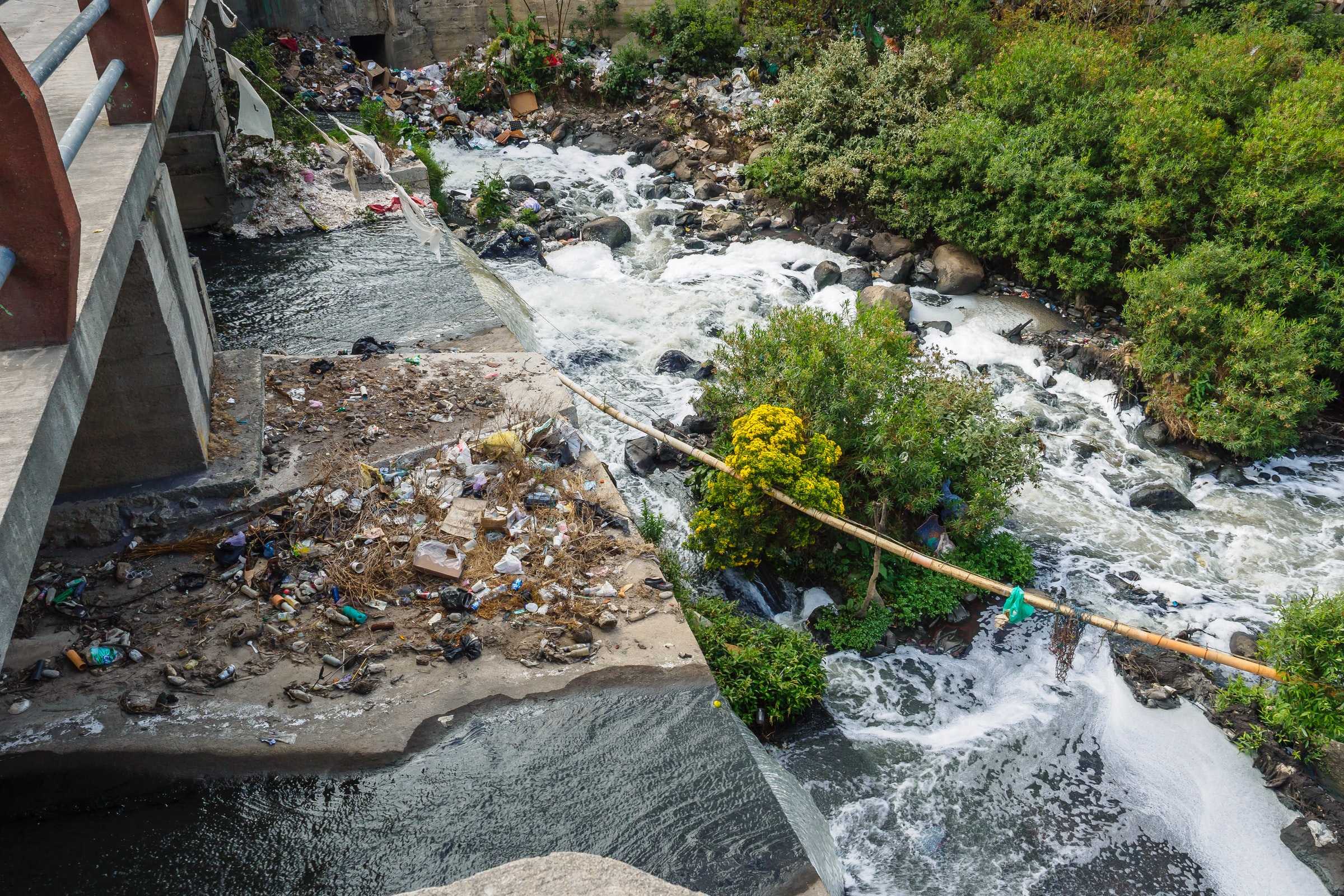
More than 80% of the water discharged by urban and industrial areas worldwide returns to the environment with all its pollutant load. Several studies carried out in the last two decades have confirmed a high load of pollutants due to human activity carried out on the surface of citie.© Alexander Schimmeck unsplash
Urban sanitation: from health to the environment
Modern sewage networks were born in the mid-19th century due to two key facts: the spectacular growth of large European cities, which played a leading role in the Industrial Revolution, and the advances in microbiology.
The increase in urban mass further concentrated wastewater, which exceeded in many cases the capacity of cesspools, seeping into drinking water wells and causing deathly cholera or typhoid fever epidemics. Moreover, Louis Pasteur’s research proved that these diseases were caused by microorganisms present in sewage. Legislation in industrialized countries radically changed and sewerage became the norm.
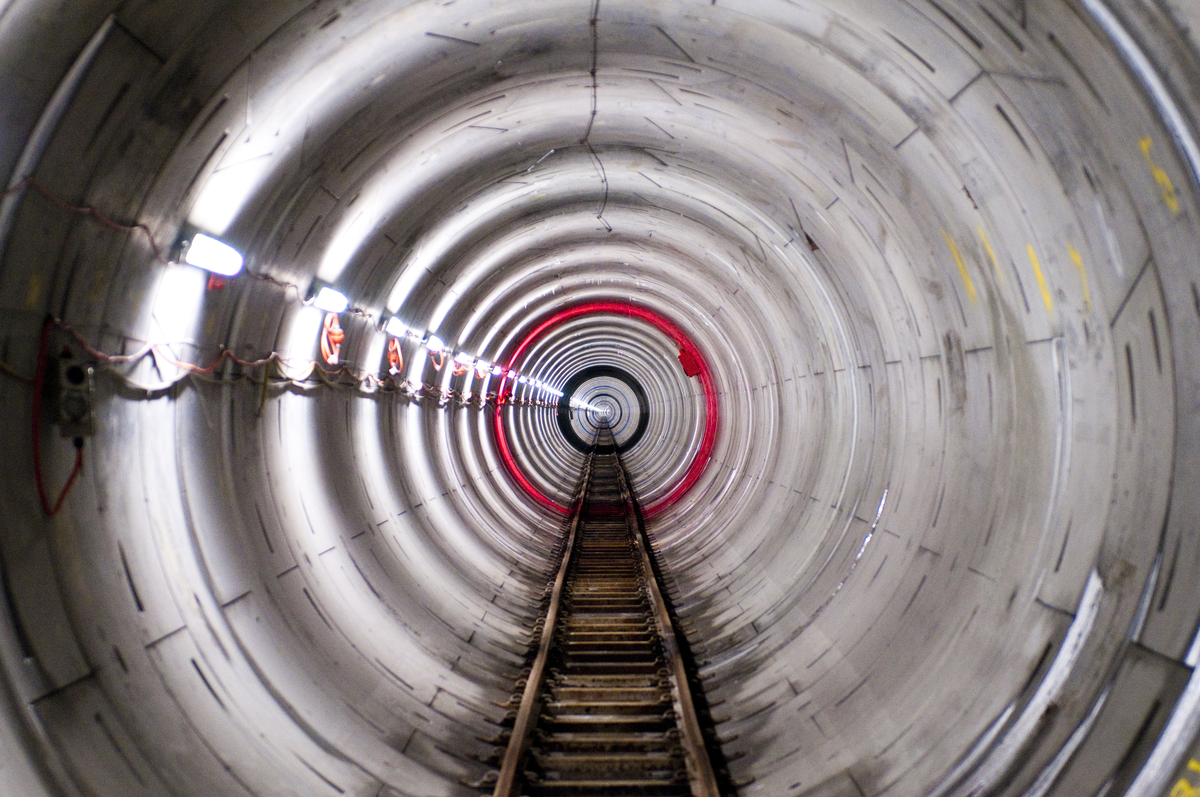
Sewage systems notably improved the health of citizens and also prevented the damage caused by floods in streets and homes. © Sewerage Project Melbourne.
Sewage systems notably improved the health of citizens and also prevented the damage caused by floods in streets and homes. However, they did little more than safely remove sewage, which was directly spilled into rivers or the sea.
In 1914 the engineers Edward Arden and William T. Lockett discovered the activated sludge, which allowed the development of biological treatment for the purification of organic pollution from wastewater. This was the base for the development of wastewater treatment plants (WWTP), which started being implemented in the middle of the 20th century in the cities of the richest countries. The WWTP allowed urban sanitation to have the least possible impact on the environment and also made it possible to contain the health threat posed by sewage, which had spread due to the increase in urban mass.
WWTPs are now inseparable from modern sanitation systems, although their massive installation is relatively recent. This was explained by Pere Malgrat, Urban Drainage and Resilience Coordinator at EurEau (European Federation of National Associations of Water Services), during the debate Waste on Earth. Waste in water, organized by Barcelona i la Mar and the We Are Water Foundation at the Roca Barcelona Gallery last November: “Only 15 years ago we could find many cities with 35% of their water untreated. Environmental demands have led to the installation of increasingly more water treatment plants.”
Sewers: beyond wastewater
WWTPs are the destination of the wastewater circulating in the sewer system. Sewer networks were primarily designed as “unitary systems”. In them, sewage and greywater from households and industries were collected in one single network of pipes which also collected the runoff caused by rain. In the last 30-40 years “separative systems” started being developed, in which rainwater circulated through separate pipes that discharged it into the environment without being treated; it was assumed that this water was not polluted and this avoided the overflowing of the sanitation system during episodes of heavy rainfall. Malgrat highlights the case of storms that occur in Mediterranean cities: “In cities such as Barcelona or Alicante, for instance, 80 or 100 times more rainwater than wastewater can flow through the unit pipes in large floods. This leads to overflows, and through the spillways this surplus is discharged into the sea.”
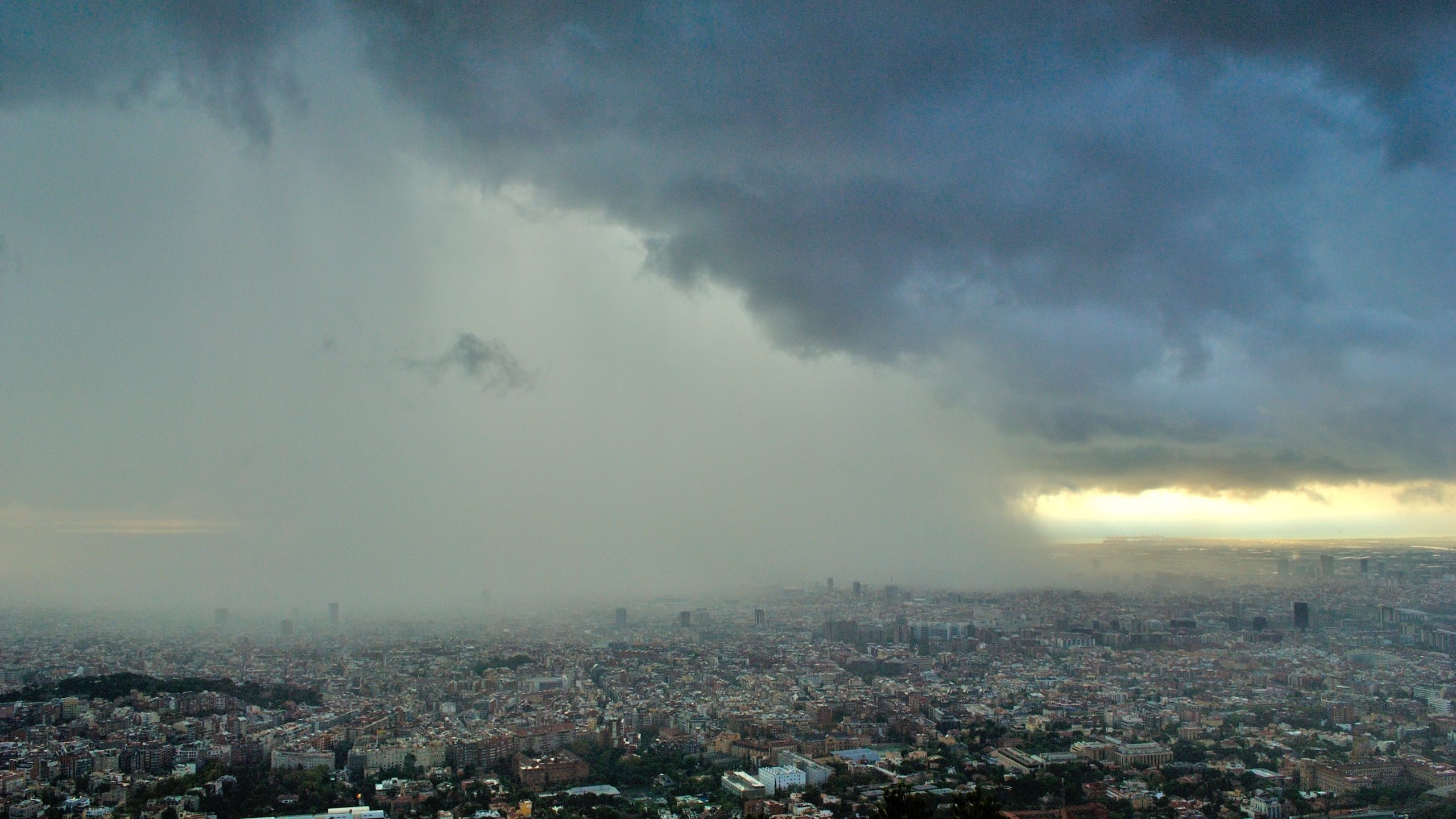
The increase in the number of storms, which is already happening in many areas around the world, adds a polluting factor In cities such as Barcelona, 80 or 100 times more rainwater than wastewater can flow through the unit pipes in large floods. © AlfonsPuertas _ https://www.instagram.com/alfons_pc/ _ Image from Observatori Fabra in Barcelona
This rainwater is mixed with wastewater and sweeps along all kinds of solid elements that the filtering systems of sewers have not been able to contain. The result is visible after the storms in beaches and surrounding waters. The overflowing of the sanitation system has repeatedly taken place in many cities, such as New York on the East River, Paris on the Seine, London on the Thames, Nantes on the Loire and Mumbai on the Indian Ocean, to mention the most notable cases in which tons of floating debris in the water have caused outrage and the consequent social and political pressure to eradicate this scourge.
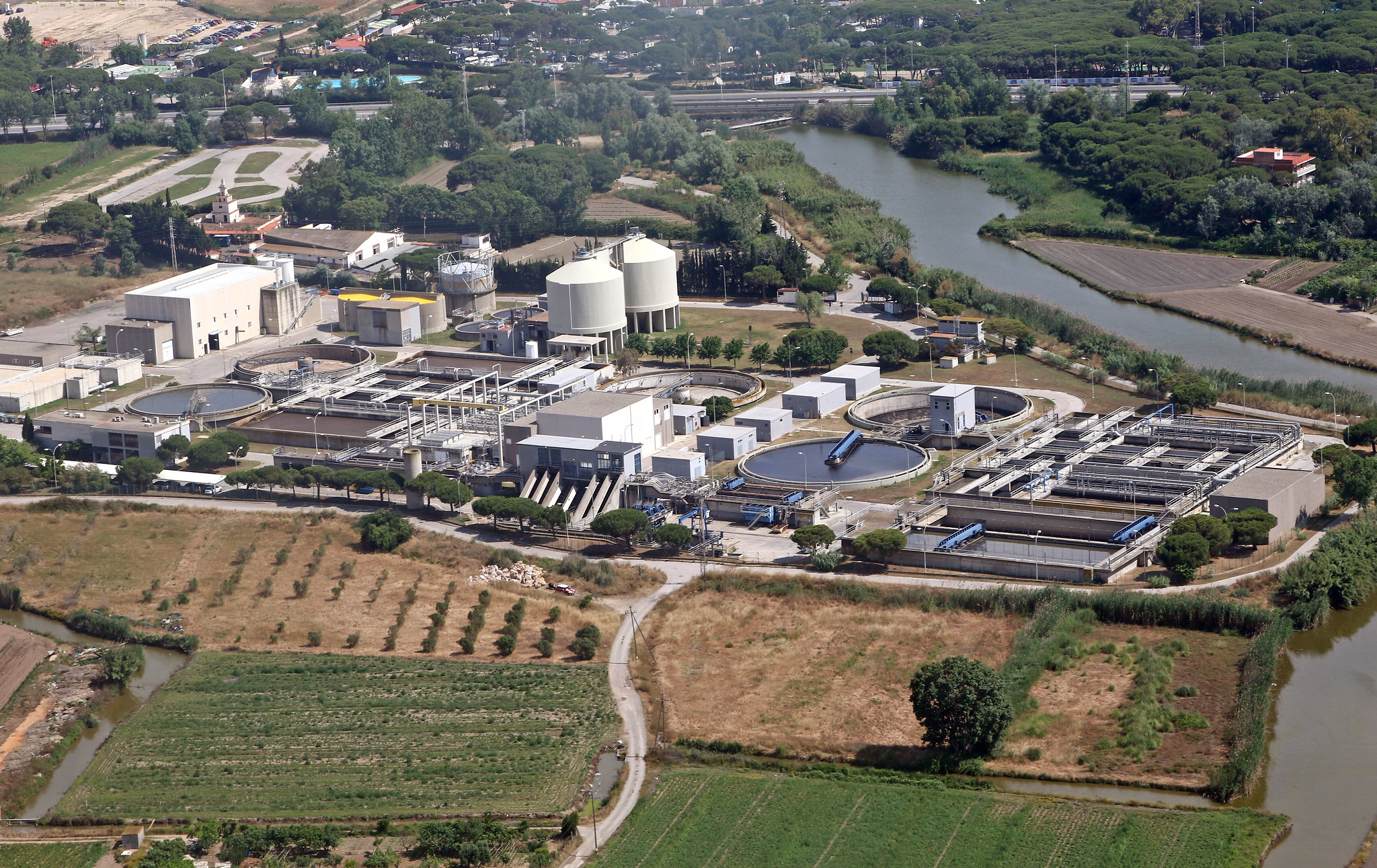
WWTPs are now inseparable from modern sanitation systems, although their massive installation is relatively recent. © Victor.
Stormwater runoff also pollutes
The problem is compounded by the fact that urban runoff water is not pollution-free. Several studies carried out in the last two decades have confirmed a high load of pollutants due to human activity carried out on the surface of cities: animal excrement, plastics, paper and cardboard, food waste, elastomer microparticles from tire rubber, paints, disinfectants and a long etcetera of polluting products. Among the most harmful are cigarette butt filters: it is estimated that around 4.5 trillion cigarette butts are annually discarded on the floor and into domestic and urban drains all around the world; cellulose acetate and plasticizers in filters cause considerable damage to plants as soon as they come in contact with nearby water and their prohibition is not progressing in international governance; at most, municipal ordinances impose fines that are very rarely paid.
The high polluting power of urban runoff was highlighted in the studies carried out by the European Commission to assess the operation of WWTPs and to revise current regulations, which date back to 1991. These analyses of discharged water into the environment revealed the significant pollutant load of urban runoff and of the overflowing of the sanitation system in four basic pollutants: organic material, nitrogen, phosphorus and coliform bacteria. Pere Malgrat highlighted the importance of these overflows: “Stormwater was considered to be clean and we already know this is not the case. Moreover, the overflowing of the systems causes 25 to 50% of the pollutant load that is still to be eliminated.”
A smart challenge
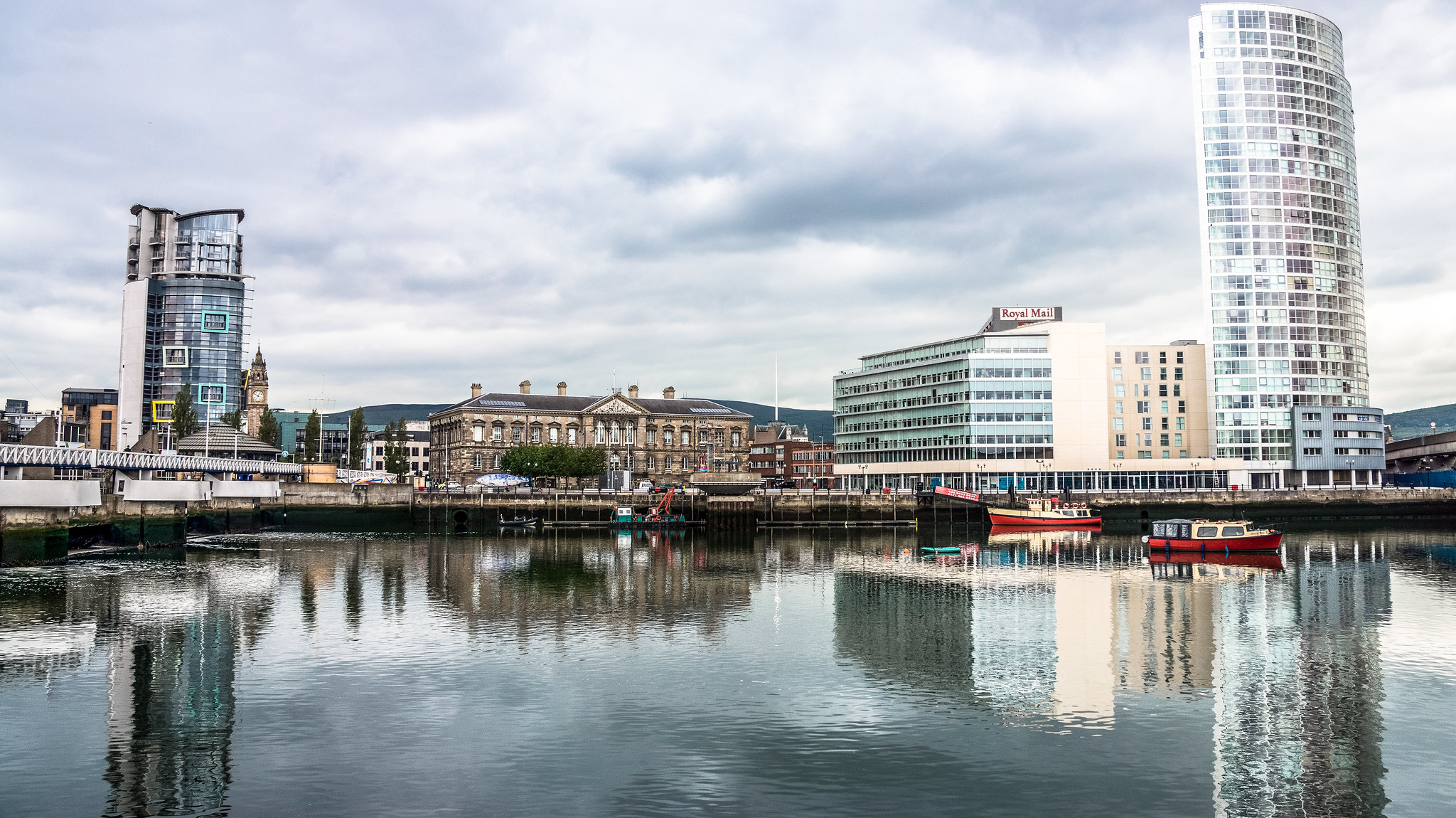
If we take into consideration the degradation of a large part of the urban sewerage system, the considerable growth of cities and the climate crisis, a change in management systems is necessary. © William Murphy.
If we take into consideration the degradation of a large part of the urban sewerage system, the considerable growth of cities and the climate crisis, a change in management systems is necessary. According to the expert in urban drainage, the traditional management of sanitation is not efficient and has important deficiencies, and we must evolve towards an advanced management: “We now have new tools such as simulation models, geographical information systems (GIS) and new technologies that are extremely helpful. All this should lead to an intelligent management of sanitation, in which we precisely know the status of the systems and their operation, and above all a comprehensive and real-time management of urban drainage and WWTPs to achieve a system that adapts to emerging threats, such as changes in rainfall.”
New sanitation needs to be planned with the entire water pathway in mind, in a comprehensive manner. “It is a responsibility of all actors, no one can act alone without taking into account all others. For example, street cleaning, gutters and streams are often neglected and this causes serious problems.”
The regenerative city model proposed by sustainable urbanism advocates promoting sustainable urban drainage systems (SUDS), such as permeable pavements, green gutters, drainage ditches and green roofs, among other solutions that tend to reduce the violence of runoff and provide natural water filtration.
A necessary investment that must reach all
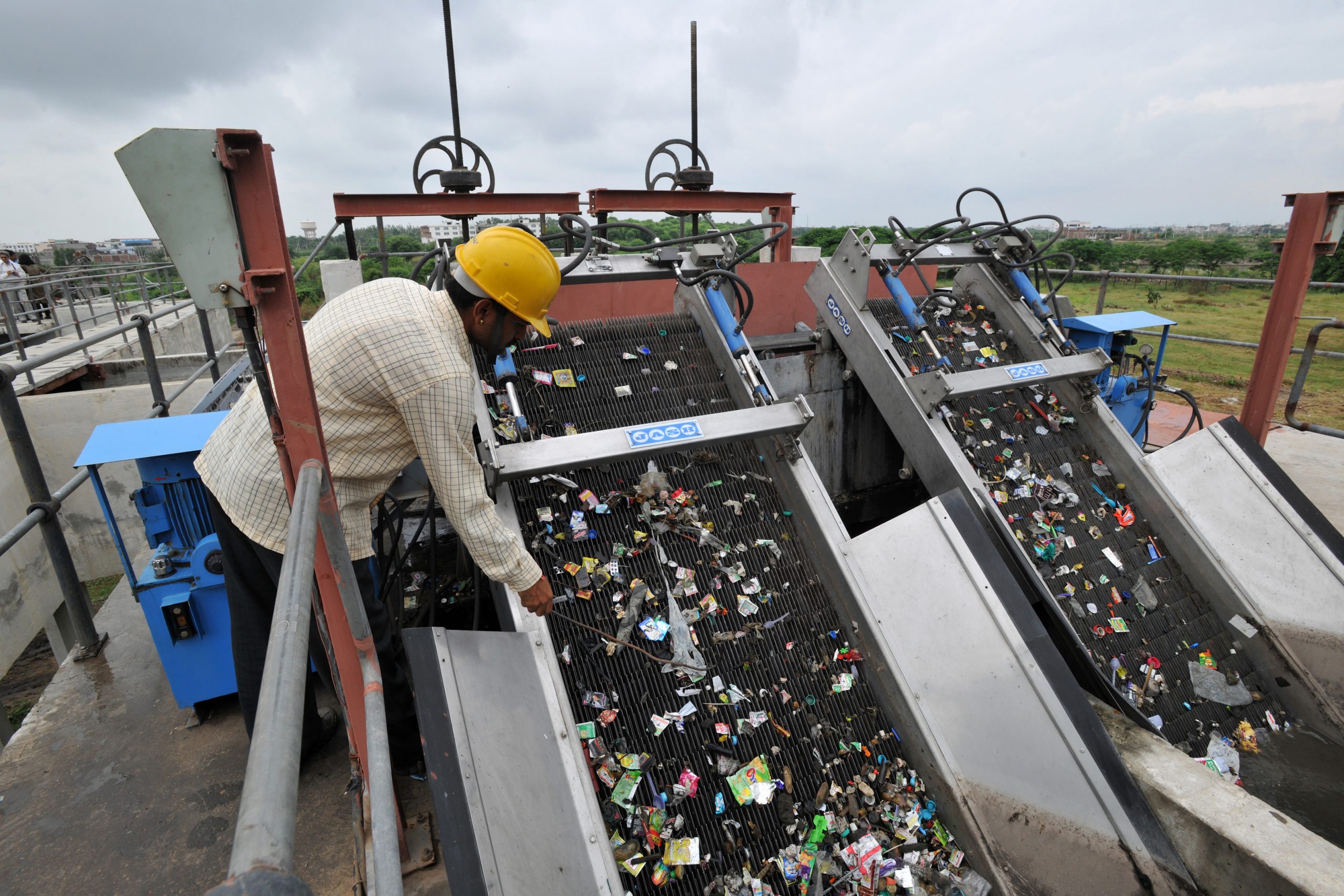
Improvements in wastewater treatment must include the development of smart technologies. © Planta de tratamiento de aguas residuales en Delawas, Jaipur, India Asian Development Bank.
Improvements must include the construction of retention basins, upgrading spillways with screens and sensors, providing screens at treatment plants, and the development of smart technologies. All this implies regulatory challenges and clarifying the competences of sanitation systems both nationally and internationally, but above all establishing financial frameworks that encourage investment. According to Malgrat, with the necessary transparency and information, administrations should not be reluctant to raise water prices: “Money always ends up coming from the citizen, whether it is under one tax system or another. If the citizen is given a good explanation, he or she will understand. The European Union follows this line of transparency and awareness, and this will end up changing. In the end, if the investment is divided among the population, the impact on citizens is very low compared to the benefits they receive.”
This is a global challenge. Urban development cannot leave the efficiency of sanitation behind. Much work remains to be done. The models and regulations being developed in advanced countries are not even sufficiently implemented, although important advances will be seen in the next few years. The great challenge is to extend them to the large cities that are growing out of control in the poorest economies. Neither the technology gap nor the blockage of the current pandemic should slow down this decisive step towards clean water.


